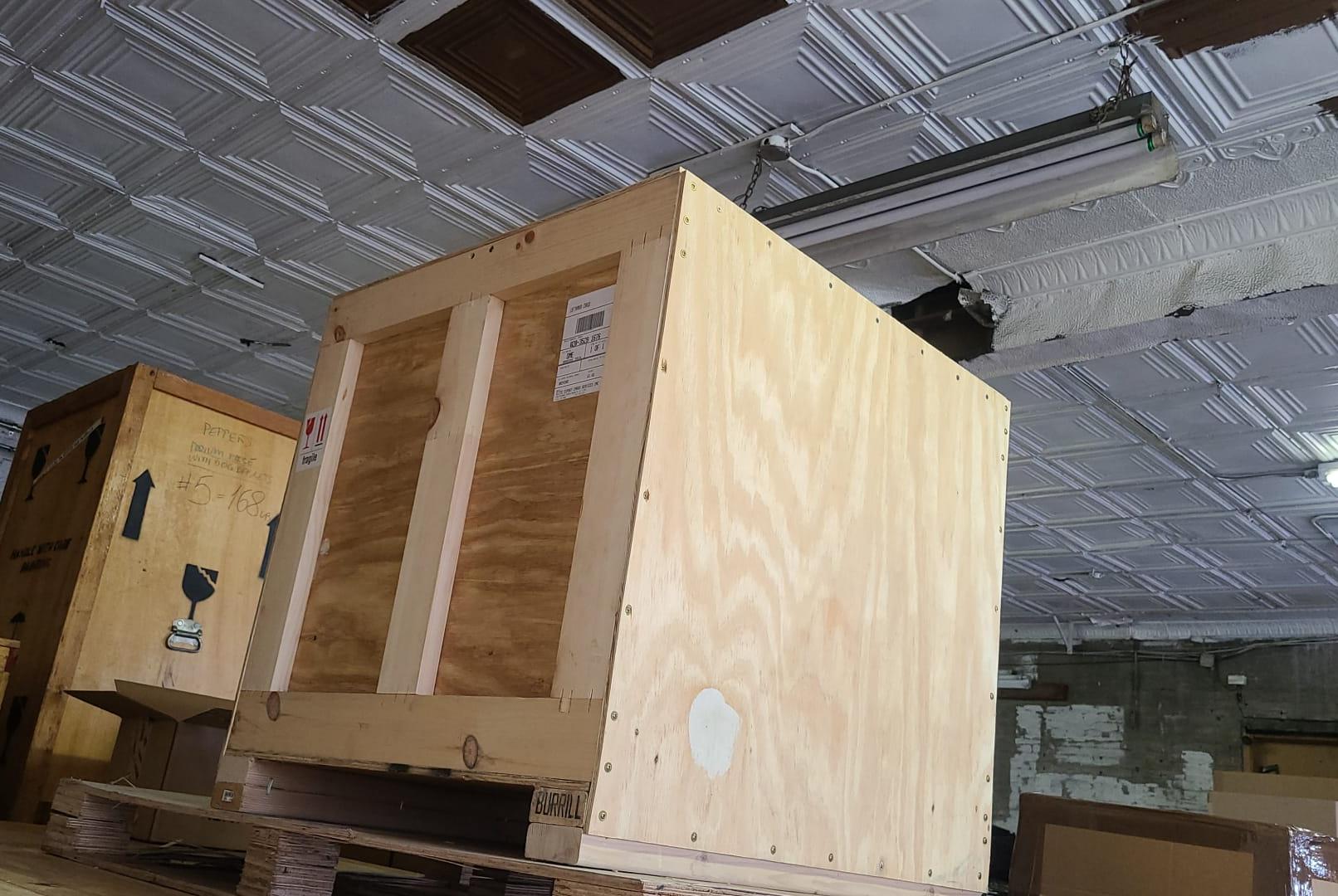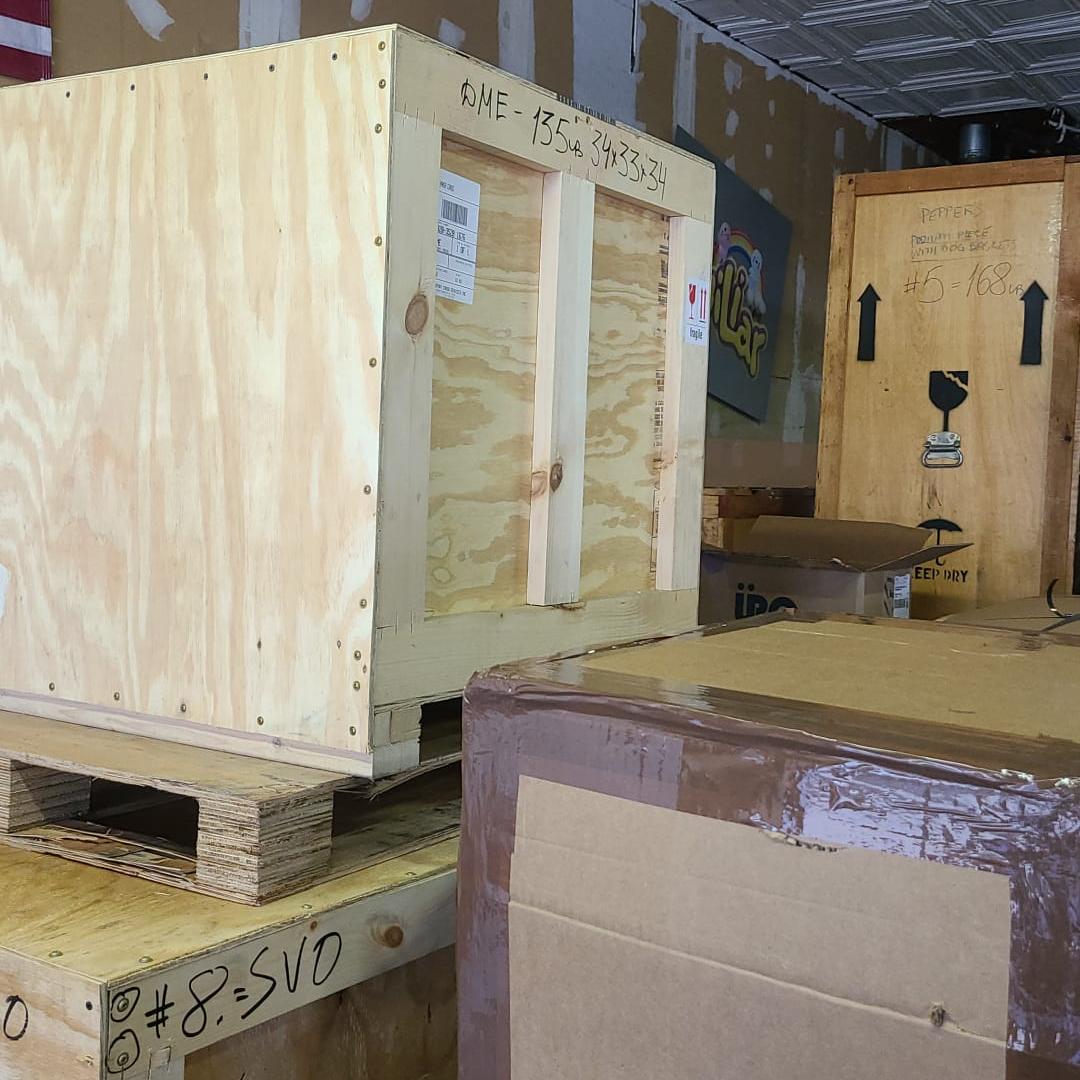Whenever it comes to packing & shipping fragile and delicate items such as artworks, professional art moving companies tend to use special shipping boxes. In reality, there are several common types of shipping boxes used in the art logistics industry. Today, we are going to tell you about the three most common ones that people use most often. The following information will help you choose the right container for your art in the future.
Three Common Types of Shipping Boxes in the Art Logistics Industry
Corrugated cardboard boxes
Corrugated cardboard means that cardboard is shaped into a series of parallel grooves and ridges designed to give additional strength and rigidity to the shipment. Compared to ordinary cardboard boxes, corrugated boxes are usually made of three sheets of thick paperboard. Consequently, these boxes are more convenient and practical in life. They can withstand some damage, but they are not as firm and durable as wooden boxes (crates).
Paperboard boxes
Paperboard boxes consist of a usually thicker form of standard paper. Thanks to the small weight of the material, it is rather flexible and hence can be used for a variety of purposes. Paperboard boxes are some of the cheapest types of shipping boxes, and yet they are still relevant in the art logistics industry.
 Wooden boxes
Wooden boxes
Heavy and expensive, wooden boxes are mainly used to transport larger shipments. It also refers to a more delicate freight since wood is more robust and durable in the sense of protection. The only downside is the price. Art shipping boxes made of wood are much more expensive than boxes made of corrugated cardboard or paperboard.
In a nutshell, these three types of shipping boxes are now the most common options among the majority of art moving companies. There is a variety of subtypes of each type, but that’s another story for another time.
